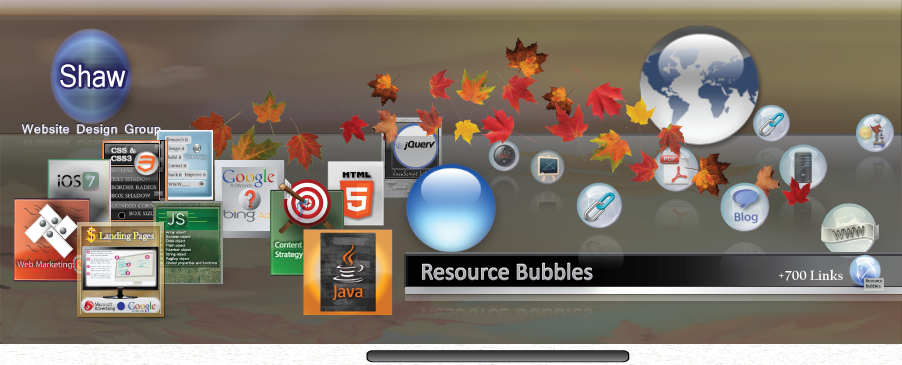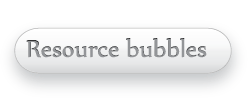Want to Learn about CSS and CSS3 Style Sheets?
CSS or Cascading Style Sheets are style sheet languages used in describing the visual presentation and format of a document. CSS can be used to style XML markup and Scalable Vector Graphics but its overwhelming strength is in styling web pages written in Html and XHTML.
A key feature of CSS is in the fact that it allows the designer to separate the document from the layout. This benefit allows multiple pages the flexibility to share the same formatting while reducing page size, repetition and complexity. CSS also offers a web page the latitude to use different rendering methods which allows the presentation of the page to change to suit the screen size or device being used. To prevent conflicts when an element has more than one rule attached, CSS employs style rules that weigh and prioritize assignments in a cascading type fashion to specific elements on a page.
Unfortunately due to CSS's very large footprint, it became difficult to react to specific technological changes in browser or hardware design. A new way of doing things was needed and CSS3 was developed to address that need.
The development foundation of CSS3 is based on a series of independent modules that are designed to be released separately from each other. This provides for a faster release time and allows updates to target specific browser and hardware advancements. You will also find that many new features have been added which offer better and faster browser support. This has helped with cross-browser compatibility.
The following Shaw Website Design -CSS and CSS3 Style Sheet Language Bubbles have been gathered from around the web and will be periodically updated.



















 Return to our home page
Return to our home page Need to contact us?
Need to contact us? View more resource
bubbles
View more resource
bubbles Have you seen our Pearltrees?
Have you seen our Pearltrees? Join us on Google+
Join us on Google+ Follow us on Twitter
Follow us on Twitter Visit us on Facebook
Visit us on Facebook Visit our Youtube Channel
Visit our Youtube Channel